Employee feedback offers insights that business leaders can leverage to accelerate business performance. It takes both strategy and specific techniques to unlock the true benefits of employee feedback. Let’s talk about it!
Why do some companies with similar resources consistently outperform their competitors? The answer often lies in something overlooked: employee feedback. Regular employee feedback is the secret ingredient for transforming a struggling business into a thriving one.
The true power of feedback is not just about hearing what employees have to say—it’s about turning input into actionable strategies.
In this post, we’ll uncover why employee feedback is important for achieving business success, explore specific benefits, and outline tips and tricks for creating effective employee feedback loops.
See how ContactMonkey’s employee survey solutions make it so easy to gather valuable employee feedback.
Take a self-guided tour of ContactMonkey
See how our key features can streamline your internal communications.
Take product tour

The Importance of Employee Feedback in a Business
Employee feedback is far more than a routine exercise; it’s a foundational element of organizational success. Feedback is a mechanism for refining business processes, allowing companies to identify inefficiencies and implement improvements. This type of feedback can improve employee satisfaction, streamline operations, and even reduce spend.
By actively seeking, valuing, and improving feedback, businesses unlock a range of benefits that directly impact the bottom line. Remember though, it’s not just about listening—it’s about creating a dialogue to drive impactful change
What Are the Benefits of Employee Feedback?
Understanding why employee feedback is important starts with recognizing its advantages. Below, we explore some of the most significant rewards that businesses can reap from actively seeking and using employee feedback:
- Increased employee engagement: When employees feel their opinions are valued, they are more likely to be engaged, motivated, and committed to their work.
- Improved decision-making: The importance of employee feedback surveys is evident in their ability to guide better decision-making to meet organizational and workforce needs.
- Better employee retention: Understanding and addressing employee concerns through feedback can lead to higher job satisfaction, reducing turnover and helping to retain top talent.
- Stronger communication and trust: Soliciting and acting on feedback fosters open communication and builds trust between employees and management, creating a more transparent and collaborative work environment.
- Identification of issues early: Regular feedback helps identify potential problems or areas of dissatisfaction before they escalate, allowing companies to address issues proactively.
By understanding and leveraging these benefits of giving employee feedback, businesses can significantly improve their operations, culture, and overall success.
Start two-way conversations and employee feedback loops
Learn how to engage staff with pulse surveys, content ratings and reactions, custom polls, and more. Ready to send modern emails?
See engagement features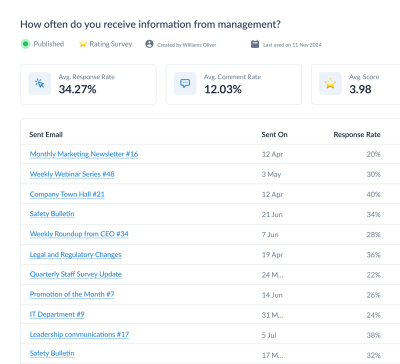
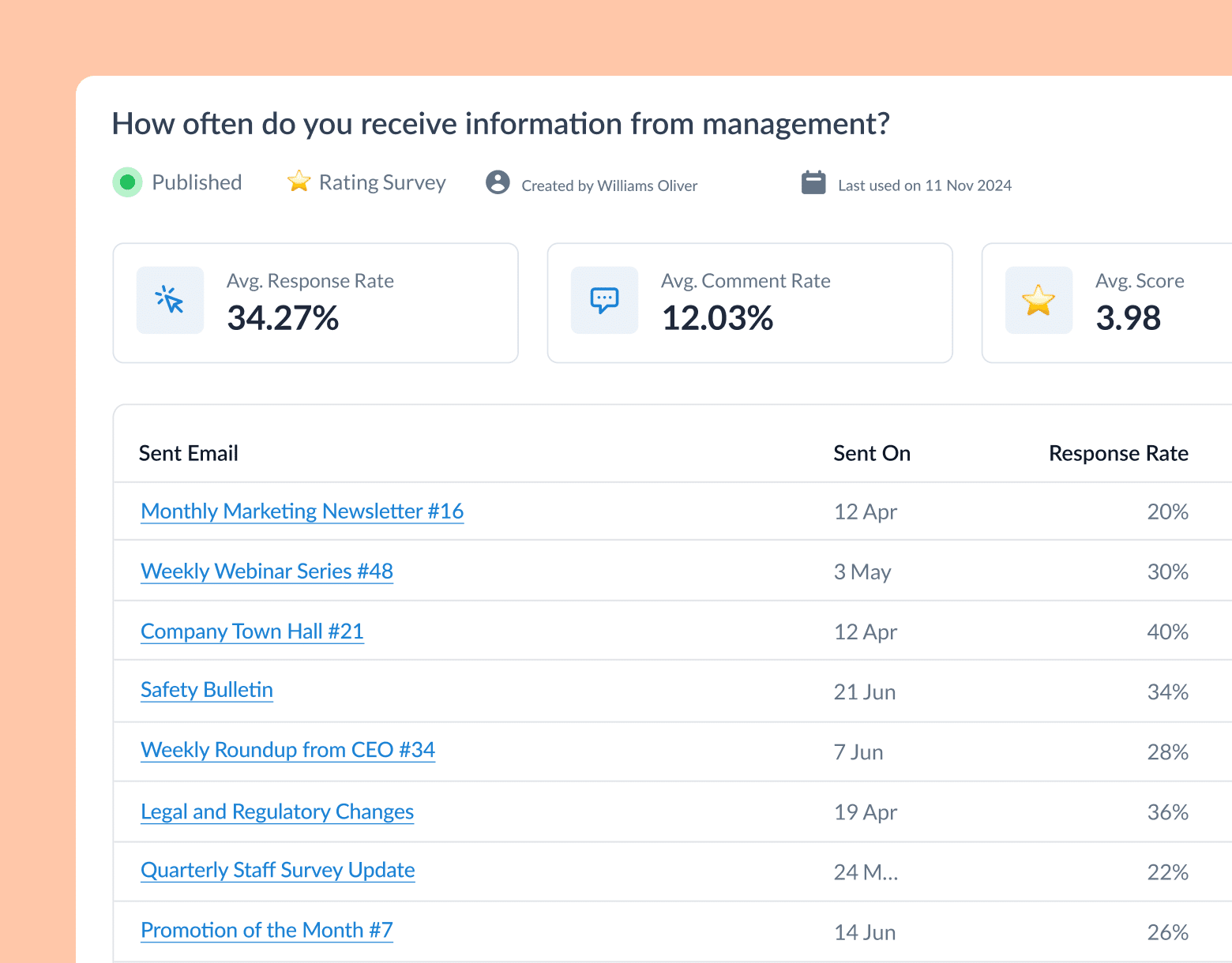
Top 10 Reasons to Gather Employee Feedback at Your Company
Companies that listen to their workforce are better positioned to capitalize on new opportunities and maintain a dynamic, motivated team. While we covered the top benefits of employee feedback above, let’s dive a little deeper. Here’s why you should gather employee feedback and how to action the suggestions:
1. Strengthen communication channels
Reason why: Employee feedback opens up channels for effective communication between employees and management. When feedback is actively encouraged, it ensures that communication is not just top-down but also bottom-up. This helps with a free flow of ideas and concerns. Bidirectional communication builds trust and fosters a more open, transparent work environment.
Actionable example: Implement a quarterly feedback forum where employees can directly communicate with senior management. Town hall meetings or virtual Q&A sessions, where employees anonymously or openly submit questions, are community and trust-building. Follow up your town hall by sending out summaries of the discussions, highlighting key points, and detailing the actions that will be taken based on the feedback received – this demonstrates the importance of employee feedback within the organization. Also, consider leveraging these employee survey best practices to request feedback after the session.
2. Promote employee ownership and accountability
Reason why: When employees feel that their input can influence decisions and changes within the company, they are more likely to be accountable for their work and outcomes. An enhanced sense of ownership empowers employees to be more proactive in their roles.
Actionable example: Introduce a “feedback to action” initiative, where employees can submit suggestions for improving their work environment, processes, or team dynamics. Create a committee that reviews these suggestions, selects the most feasible ones, and implements them within a set timeline. From there, roll out an employee engagement survey results action plan and recognize employees whose suggestions have been brought to life. This not only acknowledges their contribution but showcases the tangible benefits of giving employee feedback.
3. Enhance employee well-being
Reason why: Employee feedback is crucial in understanding the well-being of your workforce. By regularly checking in on how employees are feeling about their work environment, stress levels, and overall job satisfaction, companies can take proactive steps to support mental health and well-being. If there’s any indication that your work environment may be causing strain, take advantage of these employee survey questions about work environments to alleviate some of your workload.
Actionable example: Implement regular well-being surveys that ask targeted questions about stress levels, work-life balance, and overall job satisfaction. Use the data to identify trends or areas of concern and introduce initiatives like flexible working hours, mental health days, or wellness programs in response. Additionally, provide employees with resources, such as access to counseling services or wellness apps, and communicate openly about how your organization supports employee well-being, emphasizing just how critical employee feedback is.
Create and send employee surveys for feedback
Engage staff with pulse surveys, eNPS surveys, reusable surveys, custom polls, and more. Ready to send modern emails?
Explore survey features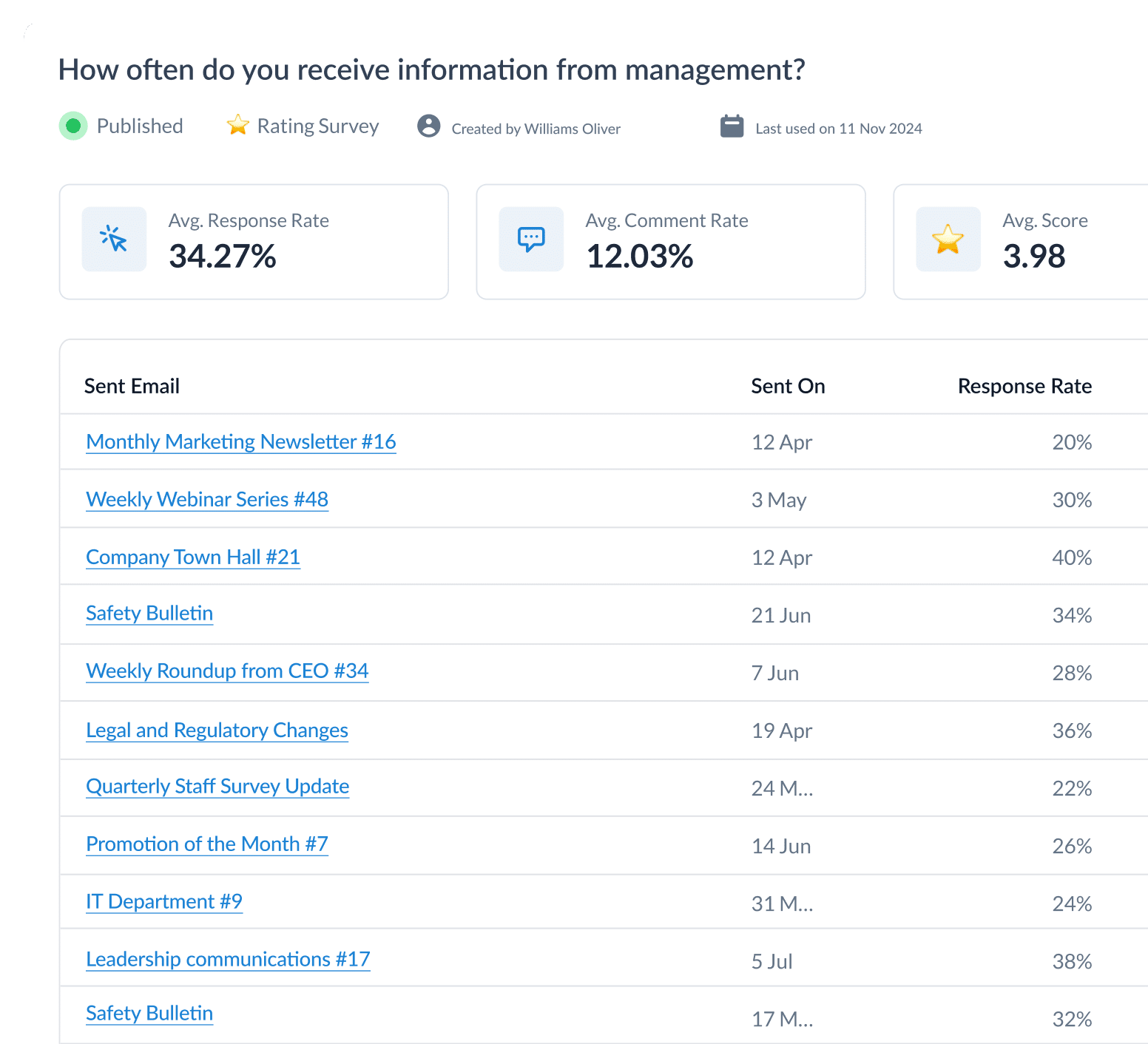

4. Align organizational practices with employee values
Reason why: Gathering employee feedback helps ensure that the company’s practices, values, and policies are in line with what employees believe in. This alignment strengthens company culture, helps with hiring the right people, and improves employee satisfaction and retention.
Actionable example: Conduct a values alignment survey where employees can express their views on the company’s current values, ethics, and practices. Based on the survey feedback, create a task force to evaluate and update company policies or introduce new initiatives that better align with employee values, such as sustainability efforts, diversity and inclusion programs, or community outreach projects. Leverage employee survey templates to save you time and don’t forget to keep employees informed about the changes implemented so they’re aware of how their feedback directly influenced the updates.
5. Boost team collaboration and support
Reason why: Employee feedback reveals insights into how well teams are working together, whether management is succeeding, and where there could be barriers to effective collaboration. Understanding these dynamics allows companies to align across departments to reach their goals.
Actionable example: Run periodic team dynamics surveys that focus on collaboration, communication, and team morale. Use the results to identify teams that may need additional support in areas like conflict resolution or communication skills. Host team-building workshops or retreats tailored to the specific needs identified through the feedback. The benefits of employee engagement surveys extend wide and far.
6. Encourage continuous learning and development
Reason why: Feedback from employees can highlight their desire for professional growth and areas where they feel they need more support or training. This insight allows companies to tailor learning and development programs to meet the actual needs of their workforce, driving continuous growth.
Actionable example: Introduce a Learning and Development Feedback Loop, where employees can suggest topics for training or express interest in certain professional development areas. Regularly review this feedback to shape the company’s training calendar. If multiple employees indicate they’d like advanced project management skills, arrange for relevant workshops or training. After each training, follow up with post-training survey questions to understand how much impact the sessions had.
BONUS: Learning and development isn’t a one-way street and employees’ feedback to managers can drive meaningful improvements across the board too! Share this post with employees at your organization to make sure they’re offering the most valuable feedback to managers.
7. Reduce operational inefficiencies
Reason why: Employees often have first-hand knowledge of operational inefficiencies that management may overlook. Gathering feedback allows companies to identify and address these inefficiencies, leading to smoother operations and reduced costs.
Actionable example: Establish an Operational Feedback Program, where employees can anonymously submit feedback on inefficiencies they observe—whether it’s outdated software, cumbersome processes, or communication bottlenecks. Create a task force dedicated to reviewing this feedback and implementing improvements. If employees report that a specific software is slowing down their work, consider upgrading or replacing it. Share the results of these improvements with the entire company to show how employee feedback drives positive change.
Watch ContactMonkey LIVE in action
Join live demo
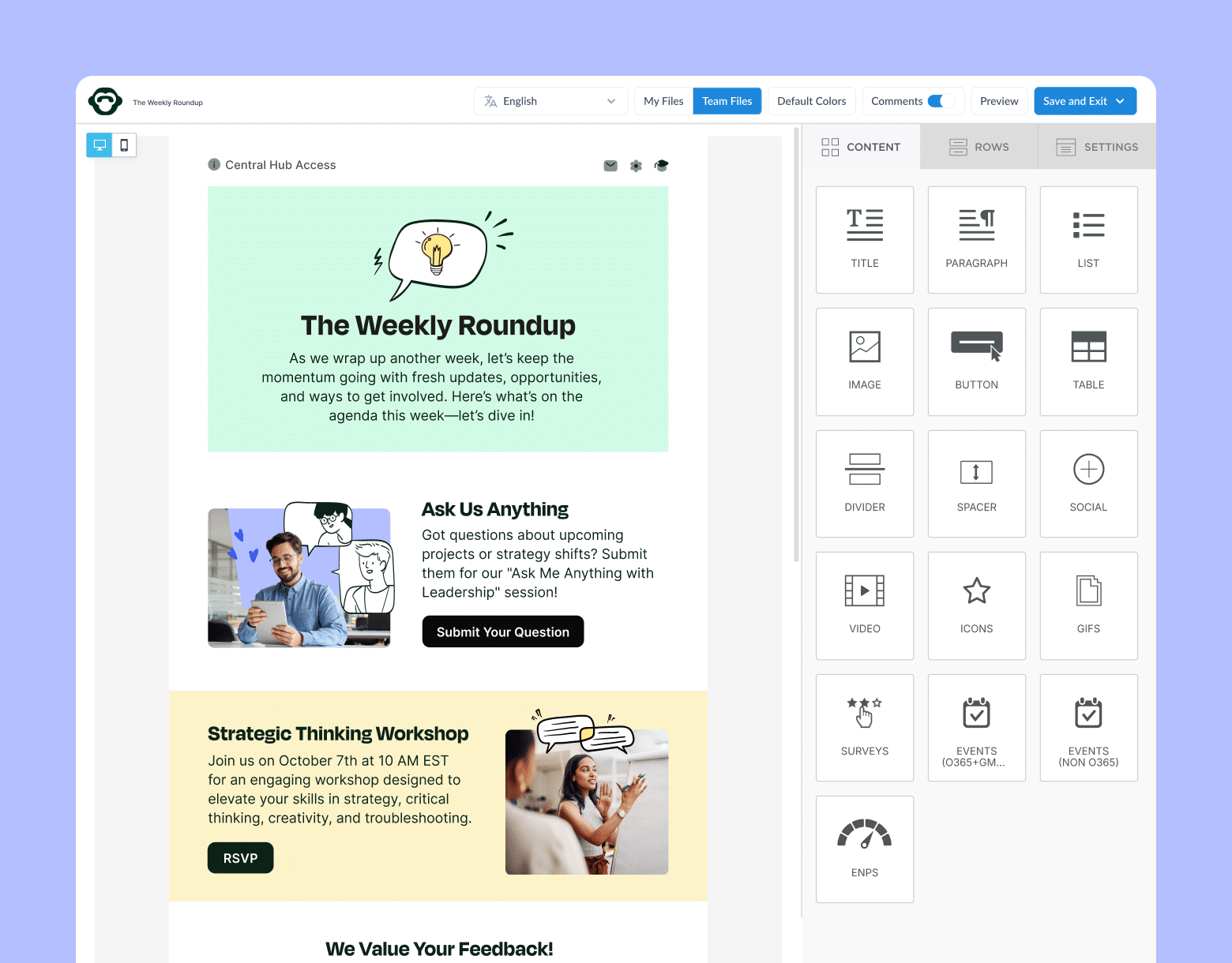
8. Strengthen company brand and reputation
Reason why: Employee feedback can offer insights into how your company is perceived both internally and externally. Understanding this perception allows you to strengthen your employer brand and improve your reputation in the market, attracting top talent and loyal customers.
Actionable example: Conduct a bi-annual employer brand survey to gauge how employees perceive the company’s culture, values, and reputation. Use the feedback to identify areas where the company’s brand could be strengthened, such as improving workplace diversity or enhancing employee benefits. Plus, consider running focus groups or interviews to dive deeper into specific issues raised and use the insights gained to refine your employer branding strategies.
9. Drive organizational agility
Reason why: In today’s fast-paced business environment, agility is key to staying competitive. Employee feedback can provide real-time insights into market trends, customer needs, and internal challenges, enabling companies to pivot quickly and adapt to change.
Actionable example: Implement a Feedback-Driven Innovation Lab where employees can contribute ideas on how the company can adapt to emerging trends or improve its products or services. This could be an online platform where ideas are submitted, discussed, and refined collaboratively. Review and prototype the most promising ideas, and if successful, integrate them into the business strategy. This fosters a culture of innovation and ensures that the company remains agile in a rapidly changing market, showcasing the company benefits employee feedback provides.
10. Enhance customer experience through employee insights
Reason why: Employees who interact with customers daily have valuable insights into customer pain points, preferences, and expectations. By gathering feedback from these employees, companies can make informed decisions that enhance the customer experience.
Actionable example: Set up a customer experience feedback loop, where customer-facing employees provide feedback on customer interactions, common complaints, and suggestions for service improvements. Use this feedback to inform changes in customer service protocols, product features, or marketing strategies. Employees reporting frequent customer frustration with a particular service process means you’ll want to review and streamline that process.
Types of Employee Feedback with Examples
Employee feedback is key to driving continuous improvement, engagement, and satisfaction. There are several types of employee feedback, each serving a distinct purpose in the organization. Here are the most common types of employee feedback (to offer or receive):
1. Constructive feedback
Constructive feedback focuses on identifying areas where improvement is needed while providing actionable advice.
Example: A manager might observe that an employee is struggling with time management. Rather than simply pointing out the issue, the manager could offer specific tips, such as prioritizing tasks or using time-blocking techniques. This type of feedback is crucial for personal and professional growth, as it helps employees refine their skills and overcome challenges.
2. Positive feedback
Positive feedback acknowledges and reinforces good performance, behavior, or results. It’s essential for boosting morale and encouraging employees to continue their strong performance.
Example: If an employee successfully leads a project, the manager might praise their leadership skills, noting how their clear communication and organization contributed to the project’s success. This type of feedback motivates the individual and sets a positive example for the rest of the team.
3. 360-Degree feedback
360-degree feedback involves collecting feedback from various sources, including peers and managers, to provide a comprehensive view of an employee’s performance. This method offers a balanced perspective by highlighting strengths and areas for improvement from different angles.
Example: A manager might receive 360-degree feedback from their team, highlighting their strong decision-making skills while also pointing out a need for more approachable communication. This holistic approach ensures that feedback is well-rounded and reflective of an employee’s overall impact on the organization.
4. Peer-to-peer feedback
Peer-to-peer feedback is given by colleagues at the same organizational level. It’s an informal and often immediate form of feedback that can help build strong working relationships.
Example: After collaborating on a project, one team member might commend another for their creativity in problem-solving or suggest a more efficient approach for future tasks. Peer feedback fosters a culture of collaboration and mutual support, enhancing team dynamics.
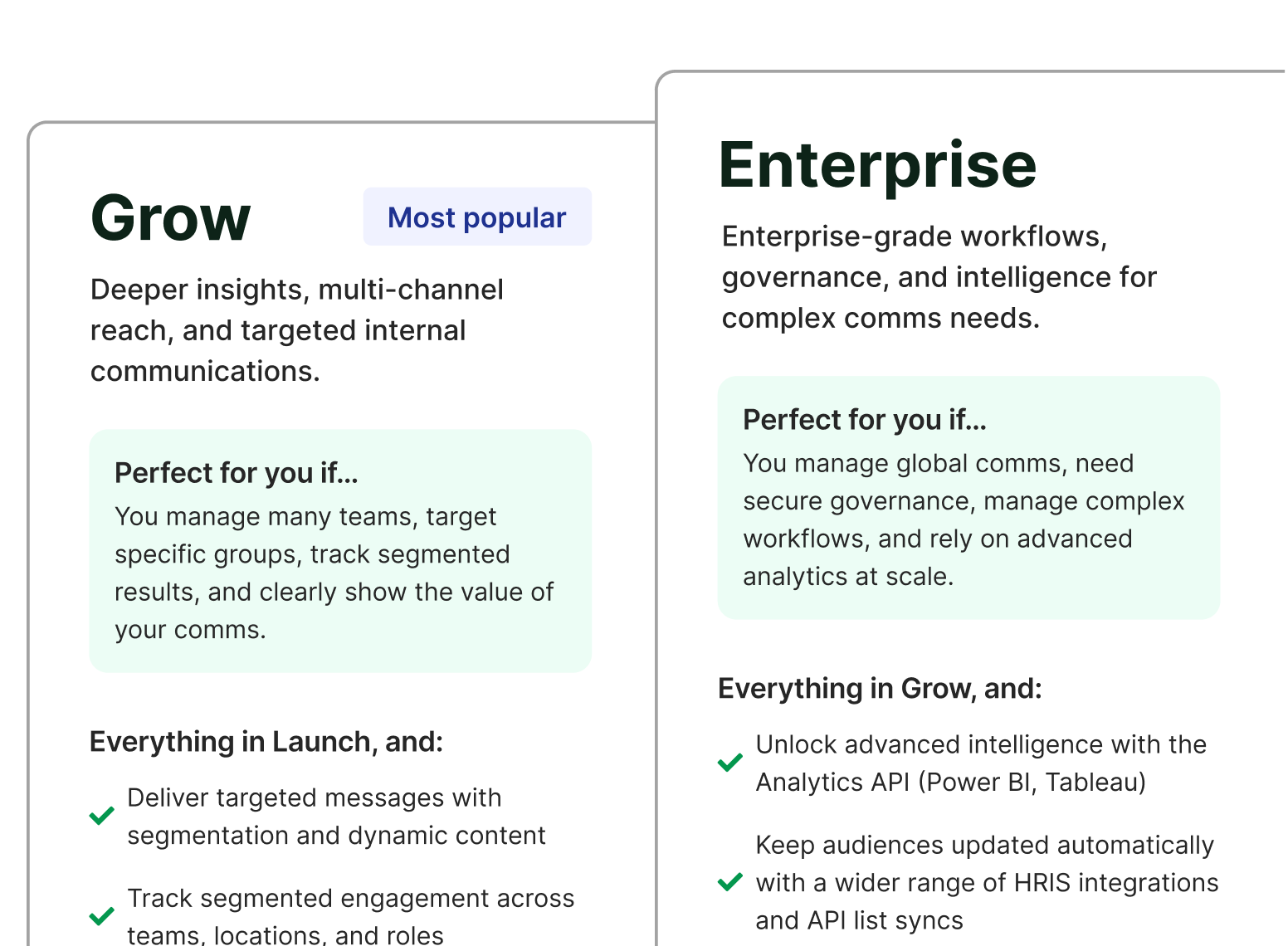
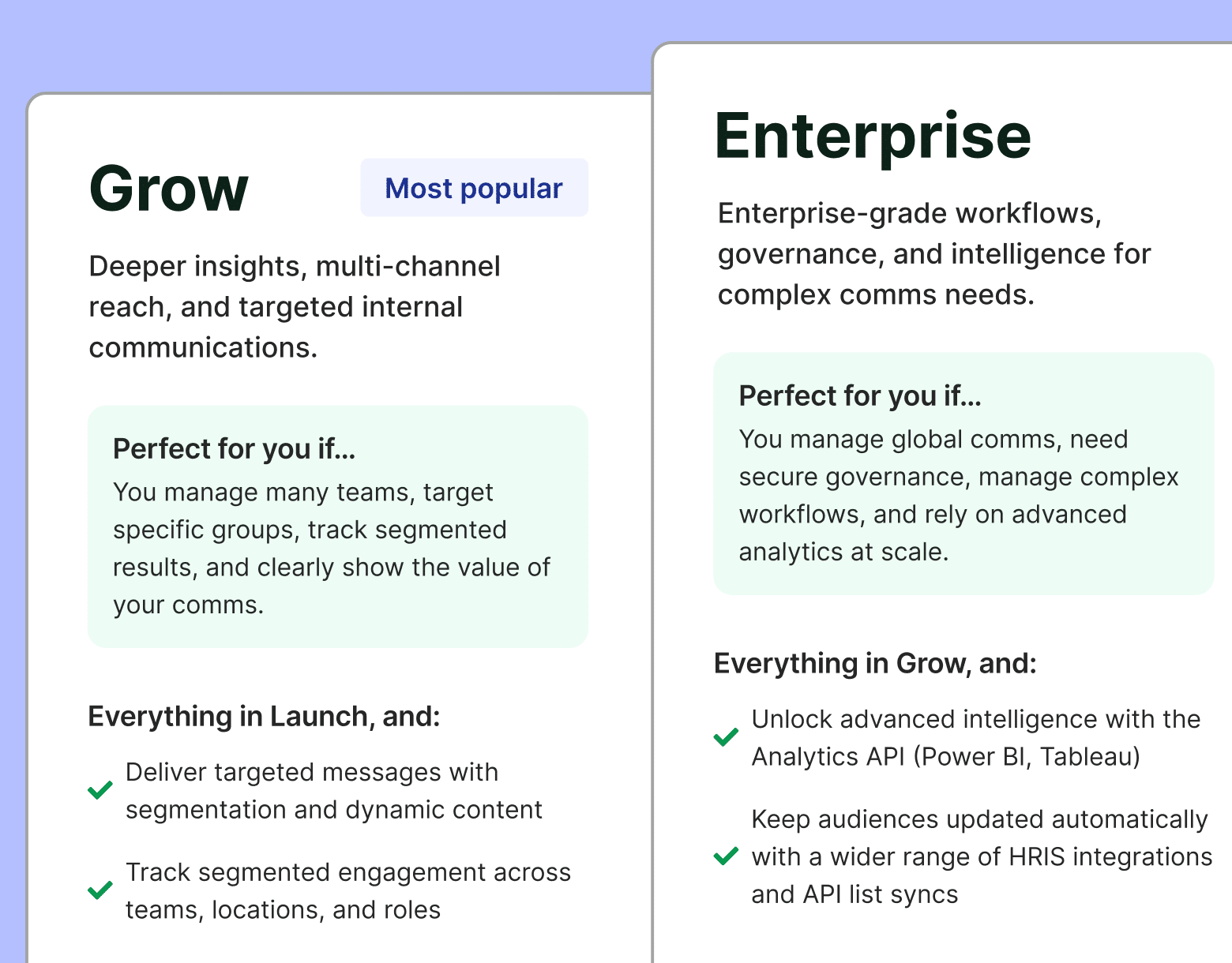
Using Employee Feedback Software to Create a Feedback Loop
Establishing an effective feedback loop ensures that employee input is gathered and acted upon to drive continuous improvement. Without a feedback loop and employee feedback tools, insights often get lost or ignored, diminishing the value of feedback and leading to employee disengagement. Here’s how ContactMonkey supports you in unlocking the benefits of employee feedback:
- Interactive email surveys: Easily insert pulse surveys, polls, and star ratings directly into emails to capture quick employee feedback.
- Anonymous feedback options: Allow employees to provide feedback anonymously, encouraging honest and open communication.
- Real-time feedback analytics: Access real-time data on survey responses and feedback through the analytics and reporting feature. Learn more on how to measure employee feedback.
- Customizable templates: Create tailored surveys and emails that align with specific communication needs or initiatives through email templates.
- Integration with existing tools: Seamlessly integrate feedback tools with existing platforms like Outlook and Gmail, streamlining the feedback collection process.
- Feedback segmentation: Analyze feedback by department, location, or other segments to identify trends and address specific issues.
- Automated follow-up emails: Set up automated follow-up emails to gather additional feedback or provide updates based on initial responses.
With ContactMonkey, you are not just adopting a tool; you are embracing a strategic asset that can transform your internal communications and amplify the voice of your employees. The benefits of employee feedback surveys can be yours with the right Outlook and Gmail integration!
Ready to explore employee feedback insights further? Book a free demo of ContactMonkey’s advanced survey capabilities and learn more from your most valuable assets—your own employees!



